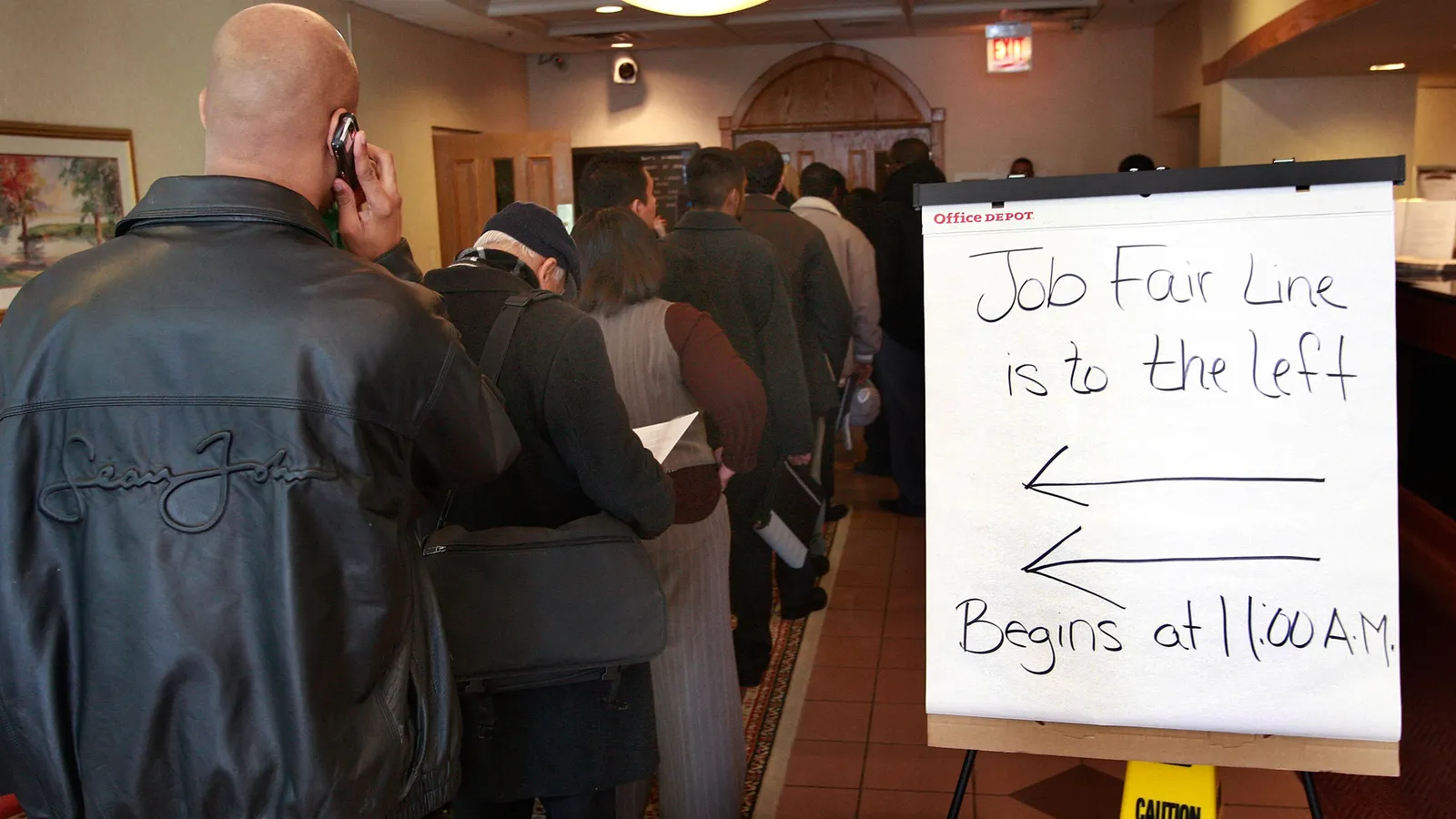Falling Consumer Confidence: A Snapshot
September brought a noticeable slip in consumer confidence for the second month running, largely triggered by growing anxiety about job security, inflation pressures, and a murky outlook for U.S. businesses. This sentiment shift was captured by the University of Michigan’s recent survey, revealing that worries about employment stability are now front and center for many American consumers.
Key Factors Driving the Shift
- Job security fears have intensified, with more sectors beyond healthcare beginning to lean toward layoffs, shaking the previously ‘frozen’ job market.
- Price pressures are mounting as consumers observe rising costs across daily essentials, feeding concerns about household budgets.
- Inflation expectations have ticked up, with long-term anticipations moving from 3.5% to nearly 4%, and a short-term outlook hovering above 4.8%, partly driven by ongoing import tariffs pushing prices higher.
- Trade policies and tariffs remain a hot topic, with around 60% of consumers mentioning them unprompted, indicating these taxes are impacting everyday goods from groceries to repairs.
What’s Behind the Labor Market Deterioration?
The labor market has been flashing warning signs recently. The U.S. Bureau of Labor Statistics revealed a significant downward revision in payroll growth figures—job gains for the prior year were slashed by nearly a million positions. On top of that, August saw a decline in overall hiring and an uptick in unemployment to 4.3%. Such shifts create a challenging balancing act for policymakers trying to manage inflation without sparking widespread job losses.
Federal Reserve’s Balancing Act
Given these conflicting trends—rising inflation on one hand and a cooling job market on the other—the Federal Reserve finds itself walking a tightrope. Analysts expect the Fed to soften its stance on inflation somewhat, prioritizing the prevention of broader unemployment. A modest cut in the benchmark interest rate is widely anticipated, signaling a pivot towards cautious support for the labor market.
Inflation’s Persistent Sting
Inflation isn’t letting up anytime soon. August saw the Consumer Price Index jump by 0.4% month-over-month, the fastest pace this year. Price hikes are not restricted to food or fuel but have also crept into the cost of vehicles, apparel, and electronics, underscoring the breadth of inflationary pressure, much of which traces back to import taxes.
| Category | August Monthly Price Increase |
|---|---|
| New Vehicles | +0.3% |
| Used Cars and Trucks | +1.0% |
| Apparel | +0.5% |
| Video and Audio Products | +0.5% |
Consumers at the Crossroads: Spending Versus Saving
Despite the jitters, many consumers continue to spend, though there’s a palpable edge of caution. The household purse strings might tighten quickly if layoffs accelerate this fall and winter. According to economic analysts, the next few months could be critical in determining whether consumers maintain their current buying momentum or shift towards saving.
Why It Matters to Logistics
The effects of these consumer and labor trends ripple far beyond the shops and offices. For the logistics and freight industry, changes in consumer confidence and spending patterns can mean adjusting supply chain strategies, managing inventory levels, and navigating fluctuations in shipment volumes. Rising costs due to tariffs and inflation also affect freight charges and transportation rates, influencing the entire chain from suppliers to end consumers.
Impacts on Freight and Shipping
- Greater unpredictability in consumer demand means supply chains need enhanced agility.
- Higher inflation and tariff-driven costs often lead to increased freight and haulage expenses.
- Potential shifts in employment could affect labor availability in transportation sectors.
The Bigger Picture: What Lies Ahead?
While the current trends might not spell a seismic shift in the global logistics landscape just yet, they are nevertheless a bellwether for market players. Firms involved in moving goods—whether it’s consumer parcels, bulky shipments, vehicles, or containers—must stay on their toes to adapt to economic fluctuations. Platforms like GetTransport.com, which provide transparent, affordable, and global cargo transportation options, can be instrumental in helping businesses and individuals navigate these ups and downs efficiently.
Why Personal Experience Trumps All
Even the most thorough reports and honest reviews can’t beat firsthand experience. On GetTransport.com, users benefit from real-time access to cost-effective shipping options worldwide, allowing them to make informed decisions that fit their budget and requirements. This level of convenience and transparency means no guesswork or unexpected expenses, just straightforward logistics solutions tailored to diverse needs—be it moving homes, delivering cargo, or transporting bulky items.
Book your cargo transportation with GetTransport.com to experience hassle-free, reliable logistics at competitive prices.
Summary
The decline in consumer confidence fueled by job insecurity and escalating inflation has broad consequences, touching virtually every corner of the economy. As Americans contend with rising prices driven in part by tariffs and face an uncertain job market, spending behavior becomes more cautious. This scenario complicates the Federal Reserve’s efforts to balance inflation control with employment levels. For logistics professionals and transport providers, these economic currents translate into a need for nimbleness in freight management, shipping schedules, and cost efficiency.
With inflation affecting diverse consumer goods and potential shifts in labor availability, industries involved in freight, shipping, and delivery should anticipate a dynamic operational environment. Utilizing platforms like GetTransport.com that specialize in affordable global transportation—offering services from personal moves to large-scale cargo dispatch—can smooth the bumps of this economic roller coaster. Their versatile network supports a wide range of shipment types, ensuring logistics solutions are aligned with evolving demands.

